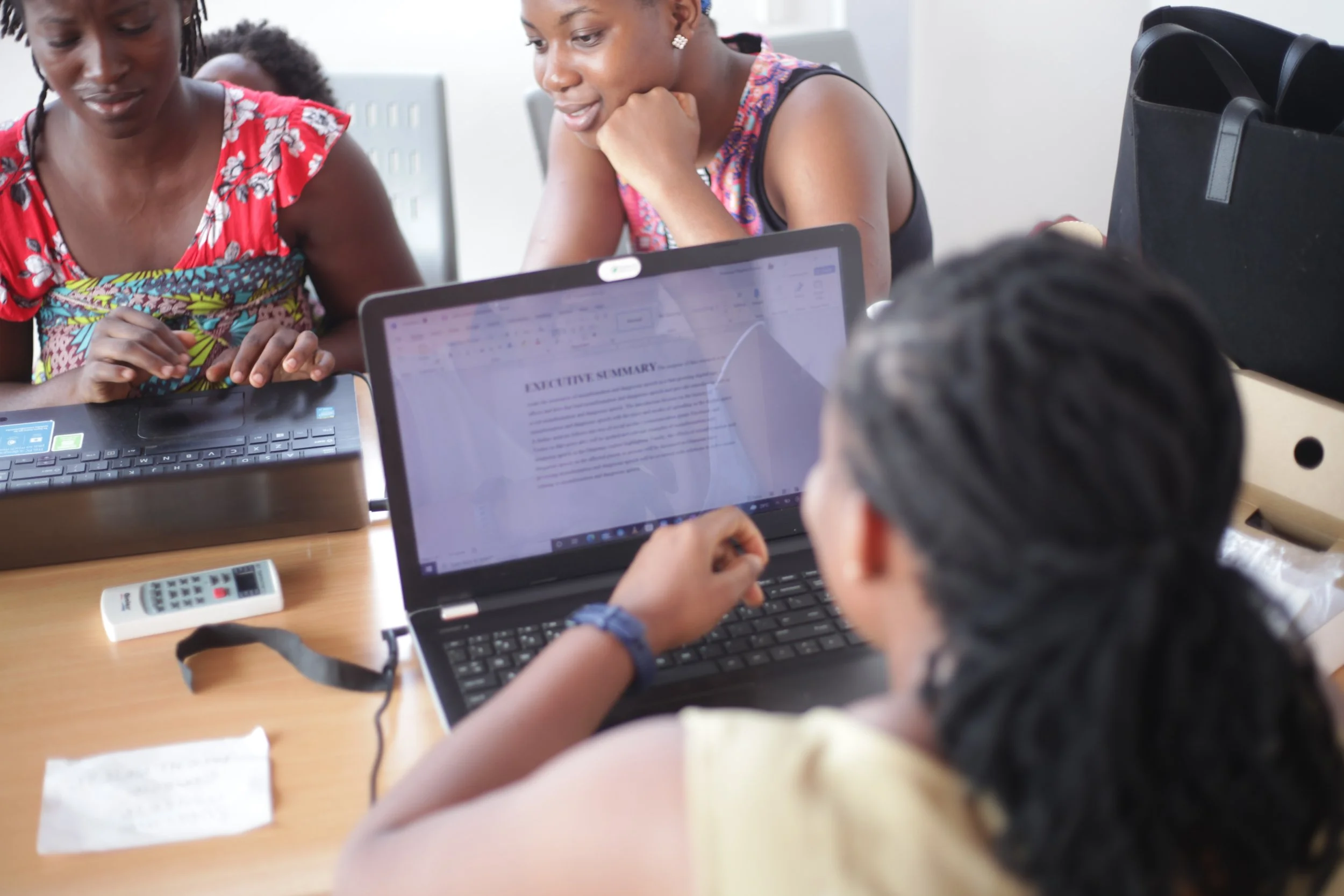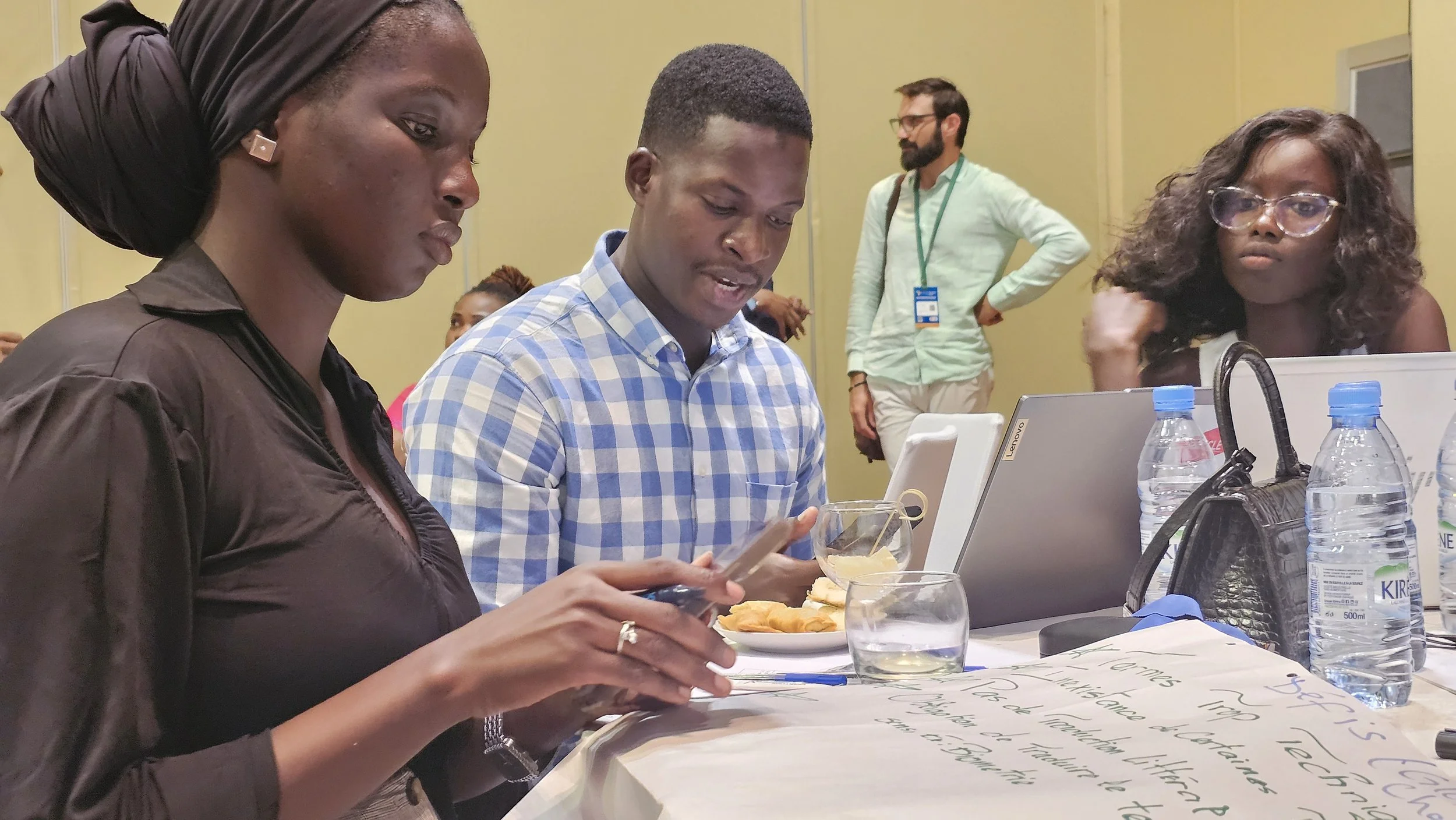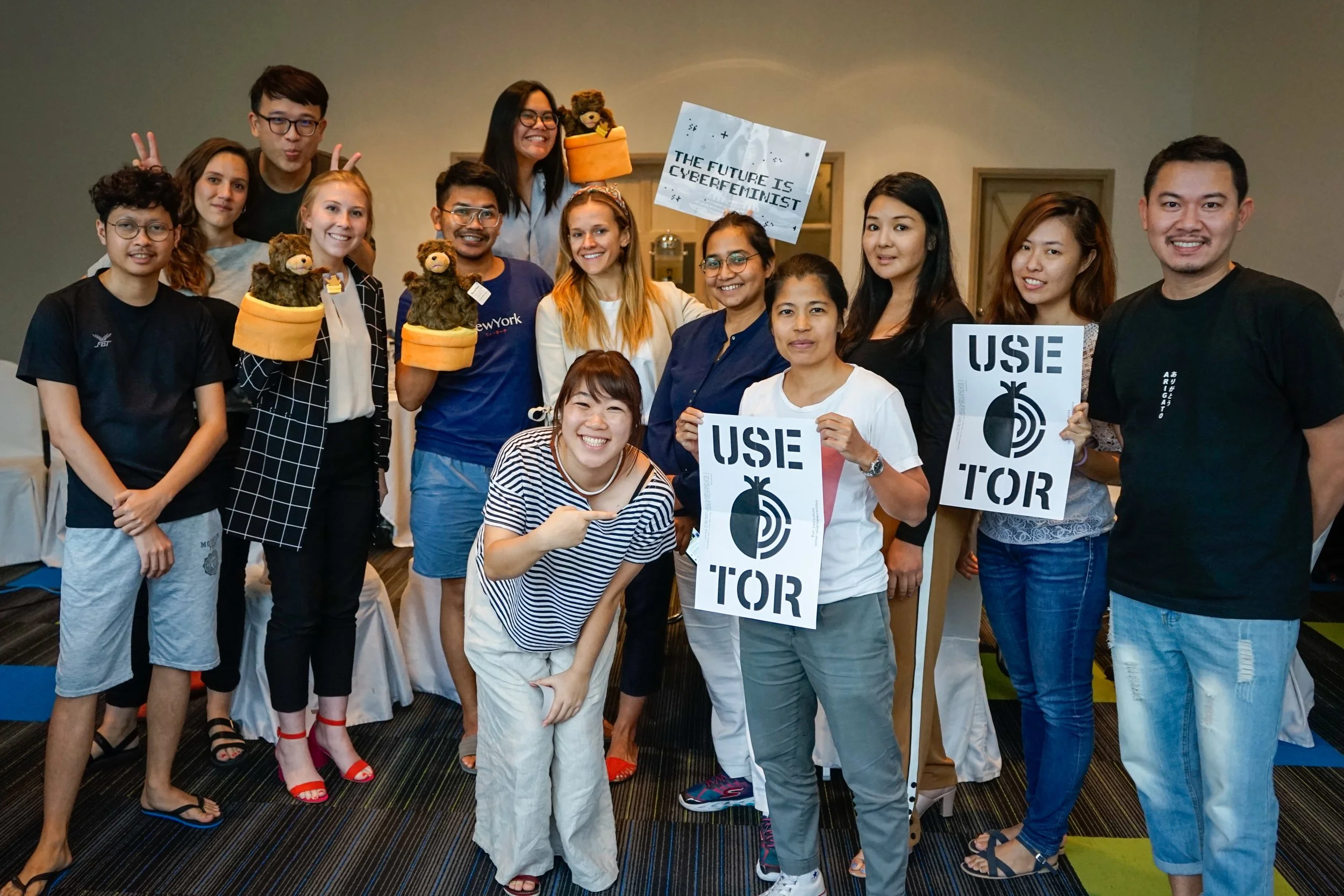Our Services
We partner with organizations, developers, and companies to localize digital tools and resources that reach users across languages, regions, and contexts.
Here is how we can support your team across every stage of the localization journey.
Phase 1: User Discovery and Market Research
Think your product would resonate in a specific region or country? Wonder how users there are currently navigating your UX? Would you like projections of how many more users you might reach if your tool was properly localized in a given context?
Our team can help you:
Understand which regional or national markets might have a particular need for your tool
Understand how users in those markets currently engage your tool
Prioritize languages based on user demand, market potential, and community needs
Scope the appropriate localization of your platform and app interfaces
Phase 2: Internationalization Readiness
Once you’ve decided (either with us or independently) that you are prepared to localize your tool in a specific language, our localization team will work with your engineering team to lay a foundation for successful localization. We make sure your tool is ready for different languages and cultures, which helps translate and adapt it more easily and accurately. Our Internationalization Audit includes a thorough examination of the following key areas:
Proper String Preparation: Ensuring all user-facing text is identified and correctly formatted for localization:
Externalization;
Concatenation handling;
Pluralization formatting;
Data formatting;
Markup review;
User Interface adaptability.
Right-to-Left (RTL) Layout Compatibility: Evaluating and ensuring your interface can be mirrored effectively for languages like Arabic and Hebrew, providing a natural reading experience for these users:
Layout flexibility and expansion;
Cultural sensitivity of visuals.
Internationalization Best Practices: Assessing adherence to established i18n standards within your codebase.
Localization workflow integration;
Language selection and management.
Phase 3: Localization Management
Once the technical elements of your tool are made ready for localization, localization can begin. Our localization team will manage all elements to translation and review, providing:
Automated translation with a human touch: All translations benefit from at least one round of thorough human review.
Comprehensive human review: All languages, including Category A (more common) and Category B (less common), receive meticulous human review.
Enhanced quality checks for least common languages: Category C languages (least common), where AI translation may be less nuanced, undergo two rounds of independent human review to ensure exceptional accuracy and cultural appropriateness.
Platform string management: Proficiency in leading TMS platforms (e.g., Transifex, Lokalise, Weblate, Crowdin), we handle the ongoing maintenance of your translatable content directly within the chosen platform, ensuring consistency and accuracy.
Translation Memory (TM) management: Leveraging previously translated segments to improve efficiency, reduce costs, and maintain linguistic consistency across your projects.
Glossary management and maintenance: Developing and maintaining a consistent terminology database specific to your tool and resource, ensuring accurate and uniform language use.
Issue resolution and troubleshooting: Proactively identifying and resolving any linguistic or technical issues that may arise during the localization lifecycle, including issues in the source text.
Style guide adherence: Ensuring that all translations adhere to established style guides and brand voice for each target language, maintaining a consistent user experience.
Project communication and reporting: Providing regular updates and clear communication throughout the localization process, keeping you informed on progress and addressing any queries promptly.
Phase 4: Targeted Outreach and Community Engagement
Our localization into over 220 languages globally depends on a global network of civil society organizations working in the spheres of social justice, knowledge production, journalism, education, and other forms of public interest work.. Our translators and reviewers are drawn from this network and are poised to help maximize the impact of adoption by ensuring that localized tools are socialized to users in those linguistic contexts. This work ensures target users know localized tools are available. Our community engagement teams facilitate user engagement that may look like:
Ask Me Anything (AMA) sessions bringing together tool teams with end users
Train-the-trainer workshops, convening digital trainers and advocates in the use of specific tools and protocols
Glossary building, building shared terminology grounded in local usage and cultural nuance
Localization sprints, mobilizing contributors to localize and review priority content
Phase 5: Localization audits and UX
Is your tool already available in a given language but you don’t have data on how users in that context use your tool? We can help you understand if your existing localization is working for you. Our UX and community engagement teams conduct:
Facilitated focus groups in specific linguistic contexts testing the release of new features or new localizations of apps or platforms
Surveys, interviews, and other asynchronous research following the experience of specific user demographics.





